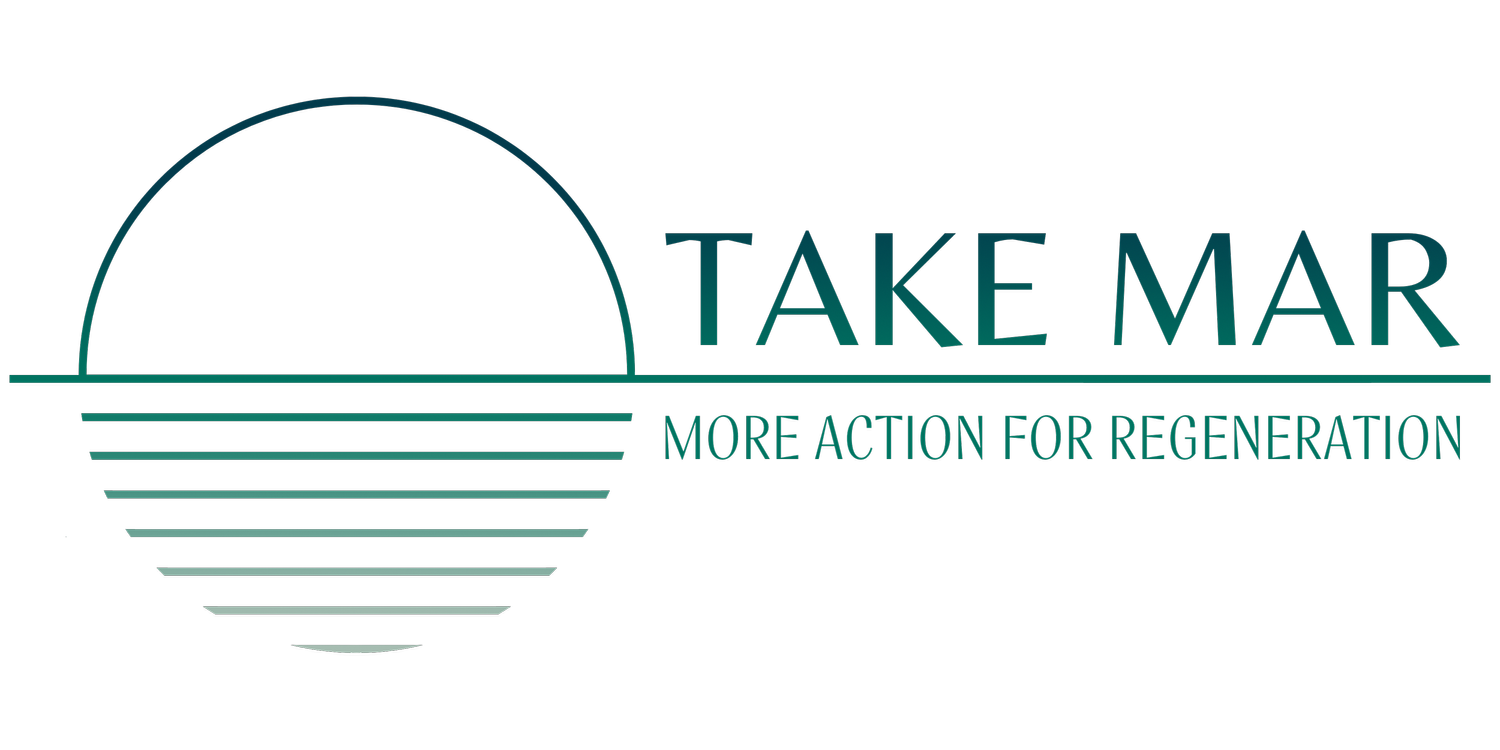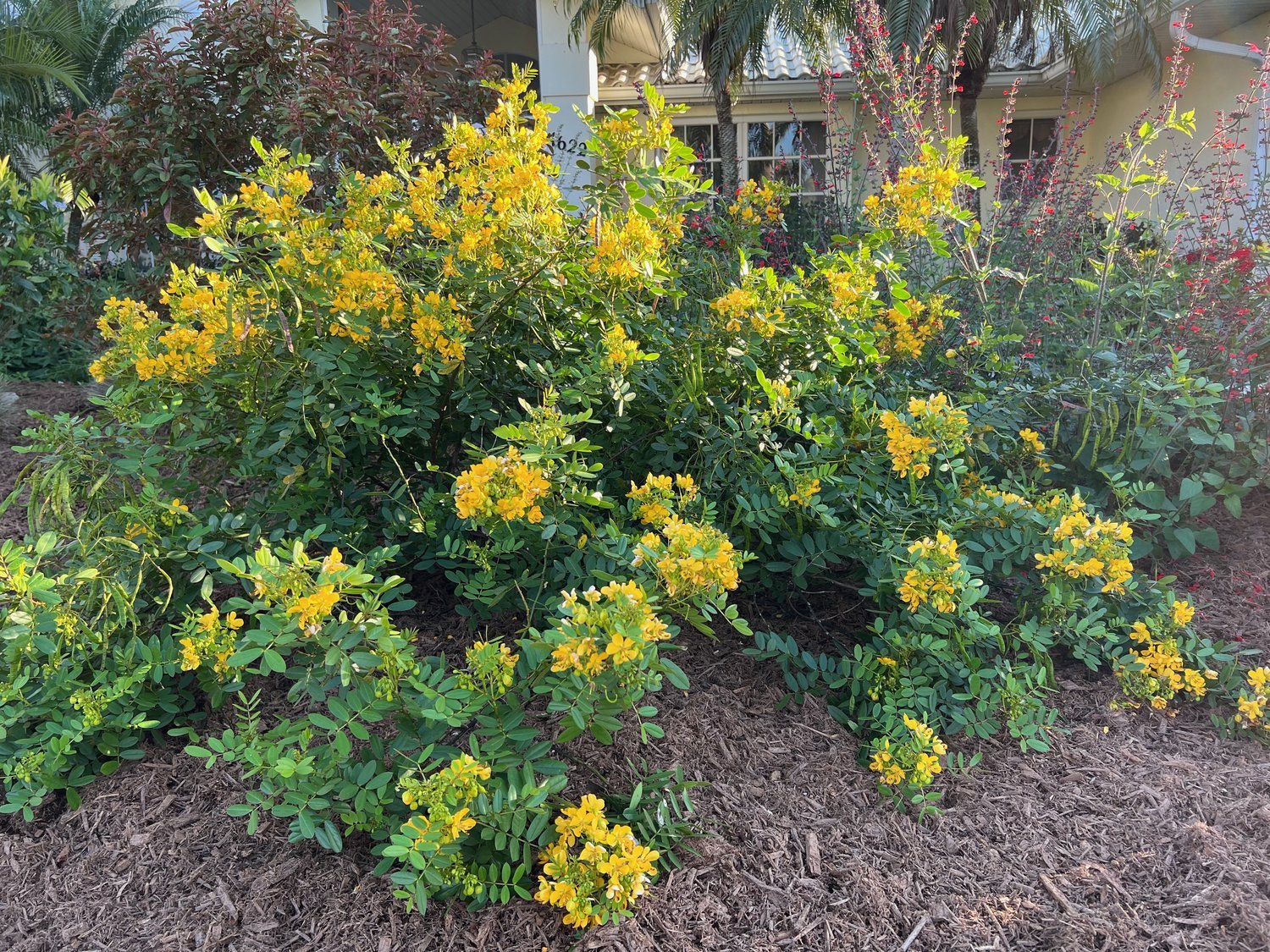Bahama Cassia: The Must-Have Native Plant for a Vibrant Garden
Facts
Bahama Cassia (Cassia bahamensis), is a small, evergreen shrub native to Florida and the Bahamas. It typically grows between 3 to 6 feet tall and wide, making it an excellent choice for gardens and naturalized landscapes. This plant is well-known for its bright yellow flowers, which bloom from fall through winter, providing vital nectar for pollinators, particularly butterflies and bees. As a host plant for sulfur butterflies, it plays an essential role in supporting local ecosystems. Bahama Cassia thrives in USDA hardiness zones 8-11 and prefers dry to moderately moist, well-drained soils. It is highly drought-tolerant and ideal for
xeriscaping, making it a low-maintenance choice for gardeners looking to attract wildlife.
How to Plant
Site Selection: Choose a location with full sun exposure, as Bahama Cassia thrives in direct sunlight. While it tolerates partial shade, flowering may be reduced in shadier conditions.
Soil Preparation: This shrub prefers sandy or well-drained soils but can adapt to a variety of soil types, including loamy or slightly rocky soils. If necessary, amend heavy clay soils with organic matter to improve drainage.
Planting: Dig a hole twice as wide as the root ball and the same depth. Position the plant so that the top of the root ball is level with the surrounding soil. Fill in with native soil, gently tamping it down to eliminate air pockets.
Watering: Water thoroughly after planting and continue watering regularly for the first few weeks to help establish strong roots. Once established, Bahama Cassia is highly drought-tolerant and requires minimal watering.
Maintenance
Bahama Cassia is an easy-to-care-for shrub that thrives with minimal maintenance. It should be watered occasionally during prolonged dry spells, but excessive watering should be avoided, as it prefers drier conditions. Pruning is recommended after the flowering season to maintain shape and encourage new growth. A light application of a balanced fertilizer in spring can promote healthy foliage and blooming. However, this plant can thrive without additional fertilization in nutrient-rich soils. Applying a layer of mulch around the base helps retain soil moisture and suppress weeds.
Plant Care
This shrub is resistant to most pests and diseases, making it a hassle-free addition to home gardens. It is highly attractive to pollinators, especially sulfur butterflies, which rely on it as a host plant. Deer tend to avoid Bahama Cassia, making it a good choice for gardens in areas with high deer populations. While it can tolerate some salt exposure, it performs best when planted slightly inland rather than in direct coastal conditions.
A Haven for Birds & Pollinators
Bahama Cassia is beneficial for pollinators, especially sulfur butterflies, which lay their eggs on the plant. The abundant yellow flowers provide nectar for bees, butterflies, and other essential insects. Additionally, its dense foliage offers shelter and nesting spots for small birds and wildlife. By planting Bahama Cassia, gardeners contribute to native biodiversity and help sustain declining pollinator populations.
After the hurricanes, our native plant population needs your help!
Donate to our TREE Comittee to help restore our lost tree population
and TAKE MORE ACTION FOR REGENERATION today!
References
University of Florida IFAS Extension. (n.d.). Senna mexicana var. chapmanii (Bahama Cassia). Retrieved from https://edis.ifas.ufl.edu/
Lady Bird Johnson Wildflower Center. (n.d.). Senna mexicana var. chapmanii. Retrieved from https://www.wildflower.org/plants/
Florida Native Plant Society. (n.d.). Bahama Cassia - Senna mexicana var. chapmanii. Retrieved from https://www.fnps.org/



